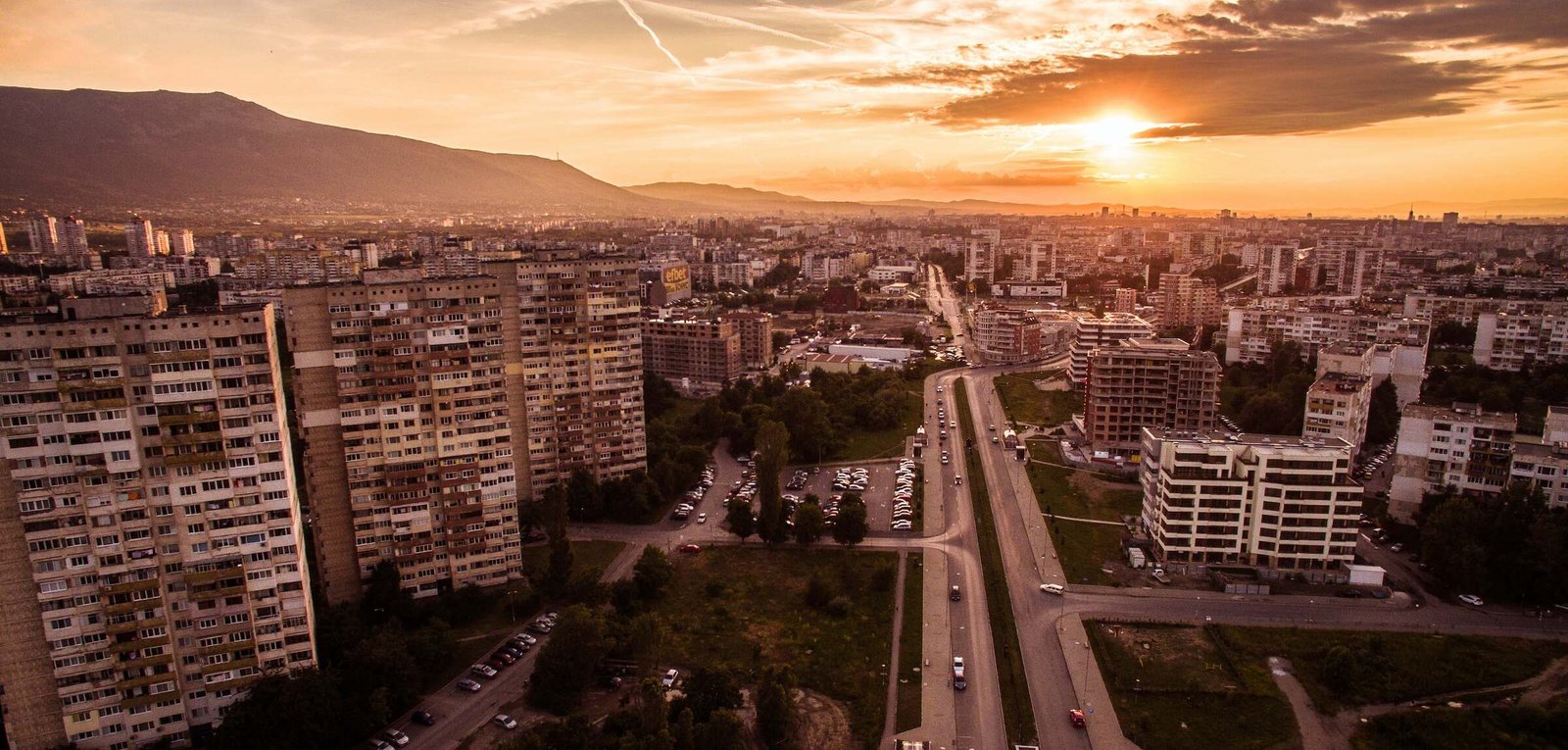
Real estate
Condominium ownership
Occurrence of the condominium
Condominium is still emerging upon reaching the rough construction of a building, when the right of construction is transformed into a right of ownership, although the building is not yet finished and the use is permitted. The modes of management of buildings in condominium mode are two - when the independent objects in a building are up to three, and belong to more than one owner, it applies the relaxed regime under the Property Law (PLA). But when the objects are more than three, the regime of management of buildings and common areas is determined by the Law on the Management of Condominiums (ZUES), and in not a few cases also from other laws - under the Property Law (PLA), the Law on Territorial Planning (PLA).
Complexes of closed type
Bulgarian legislation also provides for the existence of Residential complexes of closed type, which, according to the definition of the law, represent a complex, designated as a separate regulated land property, in which condominium buildings and other objects serving the owners and residents are built, subject to the requirements of controlled access for outsiders. The peculiarities of the management of closed-type complexes are mainly related to the content of the management contracts, insofar as they are concluded in writing with notarization of signatures, and have effect in relation to all subsequent owners of real estate in a gated complex. Therefore, it is of extreme practical importance these contracts should be as comprehensive as possible, and should be carefully considered and signed after serious consideration, insofar as their action is for years ahead, and in some cases they can be a burden for the residents.
common parts
The common parts, which are not the individual property of any person, in buildings that are jointly owned (in condominium mode), according to the Civil Code, are the land on which the building is built, the yard, the foundations, the external walls, the internal dividing walls between the individual parts , internal load-bearing walls, columns, beams, slabs, beams, stairs, platforms, roofs, walls between attics and cellars of individual owners, chimneys, external entrance doors of the building and doors to common attics and cellars, main lines of all types installations and their central arrangements, the elevators, the water pipes, the janitor's residence and everything else, which by its nature or purpose serves for common use. The law allows that the parts of the building that serve only some of the separately owned floors or parts of floors, to be common only to the persons whose premises they serve. It is also permissible to divide buildings into floors or parts of floors.
The cases that arise only when determining which parts are common in nature (mandatory common parts) and in purpose (consensual) can be infinitely varied and complicated. E.g. one of the biggest practical tests in modern condominiums is the determination of roof terraces as common or as individual parts, common or private property. The consequences, in the next place, of the determination of the common parts have a practical impact in the distribution of the expenses for their maintenance and repair, for making decisions about their use, as well as for restrictions on them. Therefore, it is of practical importance the condominium to refrain from adopting decisions that concern common parts, for which it has no competence, or to adopt such decisions that are permissible by law.
Condominium management
Practically speaking, the management of the condominium, the convening of general meetings, the adoption of decisions, their disclosure, opportunities for contestation, etc. there are so many strictly formal, that the very existence and management of the condominium can be compared to a commercial company in terms of complexity of formation and activity. Already with the founding meeting, the condominium is obliged to elect management bodies, the legality of which choice may be relevant to all subsequent actions on their part.
Convening and conducting the general meetings of the condominium is also extremely complicated process, in which a negligible violation of the law and the formalities provided for in it can lead to illegal decisions, which in turn practically block the maintenance activities of the building, for example. That is why it is extremely important ZEUS to be observed in detail, because in disputes, appealing a condominium decision can take years while the building's ongoing issues await resolution.
Challenging condominium decisions
They have a legal interest in contesting and appealing the condominium decisions all whose legal interest is affected. But this does not mean that an appeal is admissible in all cases, or that it will always be valid. It is important to assess whether a decision is lawful and whether it is subject to judicial review before going to court, as the loss of any case may involve an award of costs. Additionally, condominium solutions can be appealed only within the time limit specified in the ŽUES, and not indefinitely, which is an important feature, since the nullity of these types of decisions is limited.